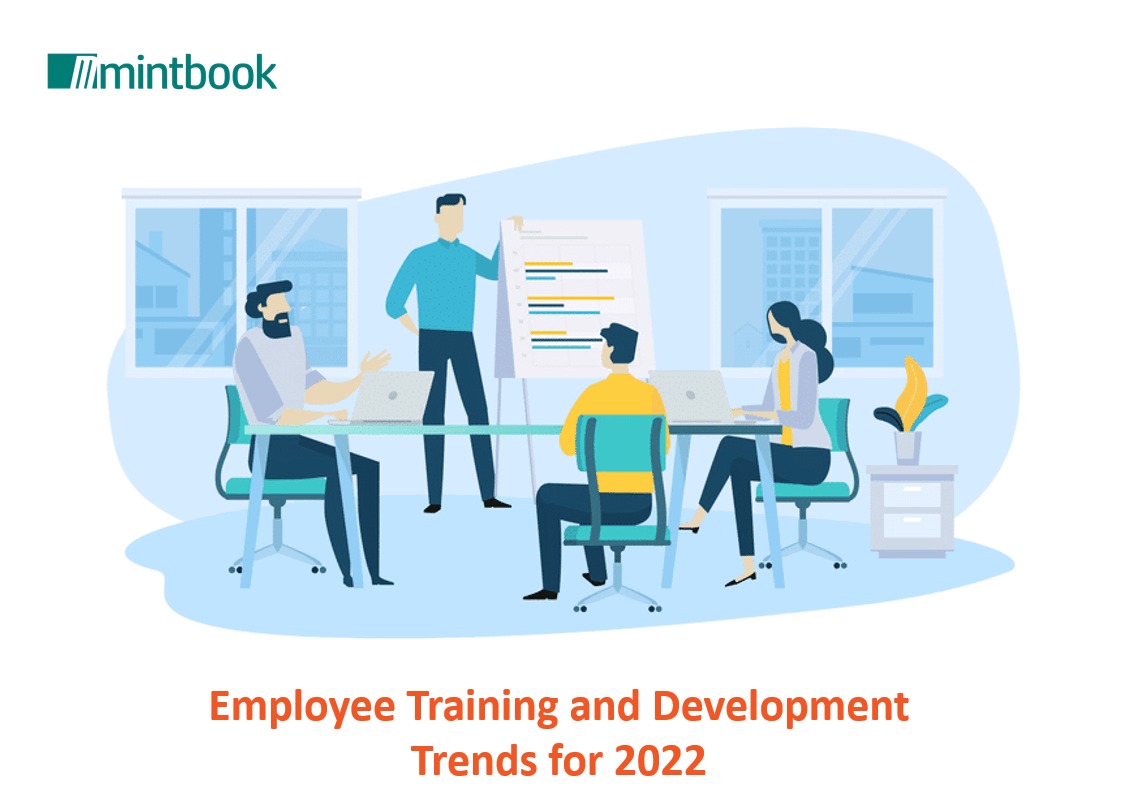We know that all companies in the United State have to allocate 35 hours of professional employee training per year to their employees. The question that arises is why is it important to train people?
The answer is: everything we know is learned, with employee trainings and development you can improve! What can be more complicated is identifying the needs and choosing the appropriate compliance training.
Table of Contents
HOW IMPORTANT IS EMPLOYEE TRAININGS IN COMPANIES?
In the daily life of organizations, ongoing training becomes essential. In the past, Human Resources professionals considered training as a means of adapting the person to the position and, in this way, developing the organization’s workforce.
Currently eLeaP LMS this concept has been expanded, workplace training is also seen as a means of promoting good performance in the position, training the employee so that he can perform the more specific tasks that the position requires.
We can go further; training can create skills that make human capital more productive, innovative, creative, and creative.
COST OR INVESTMENT?
Training can and should be seen as a source of affordability always from the perspective of investment and not of expense. By investing in people, the company’s intellectual capital increases and ends up effectively contributing to the organization results. Thus, training adds value not only to employees, but also to the organization and customers.
EMPLOYEE TRAINING OR DEVELOPMENT?
Sometimes people can get confused with training and career development, thinking they are the same thing, but although these two procedures appear almost always together, they are not the same thing.
Training is conducted in the present, keeping the focus on the current position, so that the employee gains skills immediately, eLeaP LMS will help him to perform his current role more effectively.
Development, on the other hand, is always directed towards the future, to develop skills that the employee will need in a future position and in their future functions.
PRACTICAL EXAMPLE
Manuel, the manager of the “eLeaP LMS”, noticed that some of his commercials were selling less than others. When carrying out a performance evaluation, Manuel found that the commercials that sold below average had little knowledge about negotiation strategies, which caused them to lose some sales. To solve the problem, the manager hired a consulting firm for negotiation training, in order to increase the negotiation skills of some of his team members.
The eLeaP LMS is in full growth, the market is favorable and, to keep up with the growth, Manuel, the manager, needs to choose a commercial to be the leader of a new team.
Based on the performance evaluation that was conducted, Manuel identified that Pedro, a commercial who stands out in his role, has the profile to be a leader, but he needs to develop additional skills.
The manager hired a consultant to help, through individual consultation for professional and personal development. Manuel wanted Pedro to gain leadership skills and team motivation, which will be very useful for his new role.
WHAT TYPES OF EMPLOYEE TRAININGS PROGRAMS CAN I OFFER?
The employee training is generally used to convey information to the employee about: the organization, policies and guidelines, rules and procedures, the organization’s mission and vision, customers, currents and products and services.
Additionally, training programs can be designed to help people develop their skills and enable them to perform their jobs as efficiently as possible. Other programs aim to change employees’ attitudes and behaviors regarding their interactions with customers, colleagues, the organization and their own work, and may include negotiation consulting.
The training can also be of programs that aim to develop concepts and increase the level of abstraction of the collaborators, so that they can think, act, judge, decide and reason in a broader way,
WHAT IS THE ROLE OF TRAINING IN PEOPLE MANAGEMENT?
As mentioned before, employee training is part of the planning of successful organizations. Among the most important aspects of People Management, this is the process that improves the personal skills of workers.
And consequently improves the performance of the enterprise.
All companies require some competencies, but in order to understand which ones are necessary for the positions and functions, there needs to be a mapping of competencies that can be easily understood at an individual and organizational level.
As a result of this mapping phase, we can move to the diagnosis phase (in order to identify what needs to be addressed), and so we finally reach the development of training programs for the teams.
The organization has to create a culture that is favorable to the learning of its employees, that encourages them to want to know more, to develop and also that employees are committed to change. Thus, the training process has to be cyclical and continuous.
The world is in constant change and innovation, almost every day we are surprised by new technologies, things that seemed impossible and today are no longer thanks to the Information Age. What I mean is that it is not enough to replace, update and recycle information, it is necessary to add value and the gain and information have to be continuous and updated.
Well now that you have (very good) reasons to invest in talent training, put it into practice. In a next article, we will talk about the training process itself and its stages, but for now, know that learning is never in vain. Appreciate the people who work with you, improve the performance of your talents, and make your team successful!

